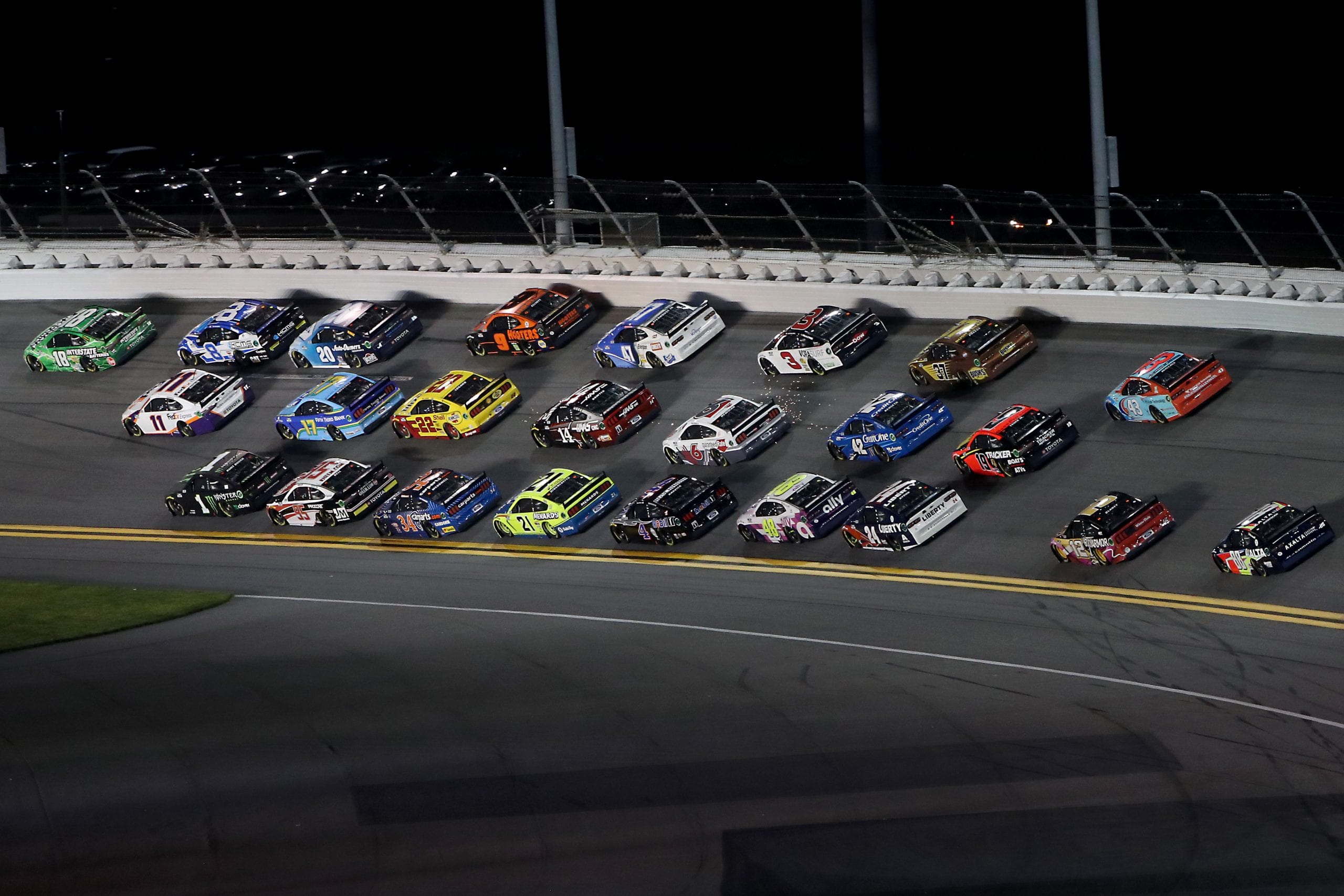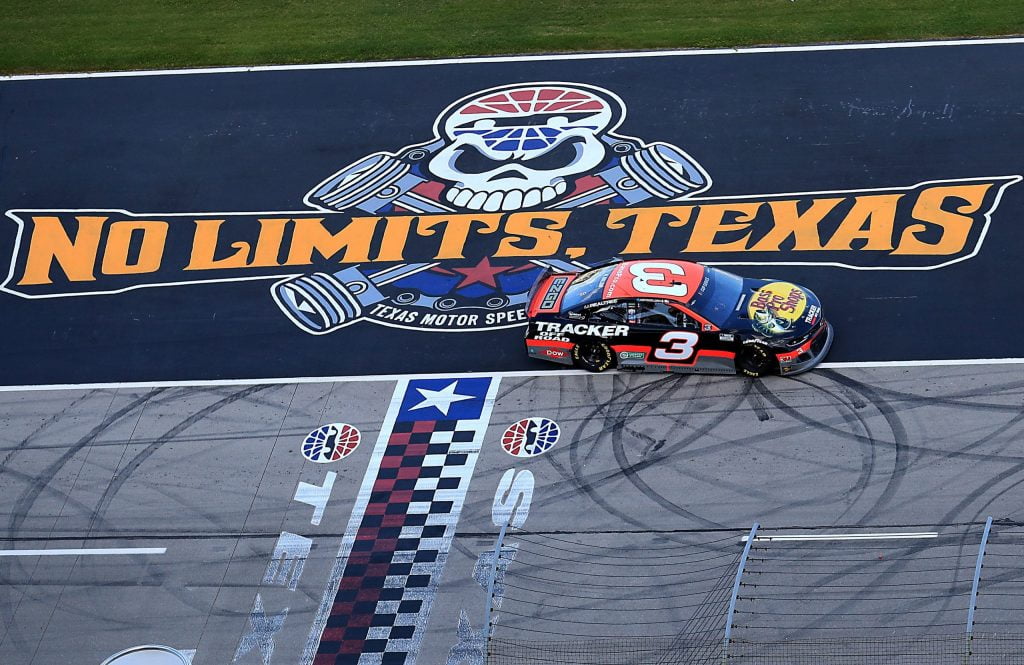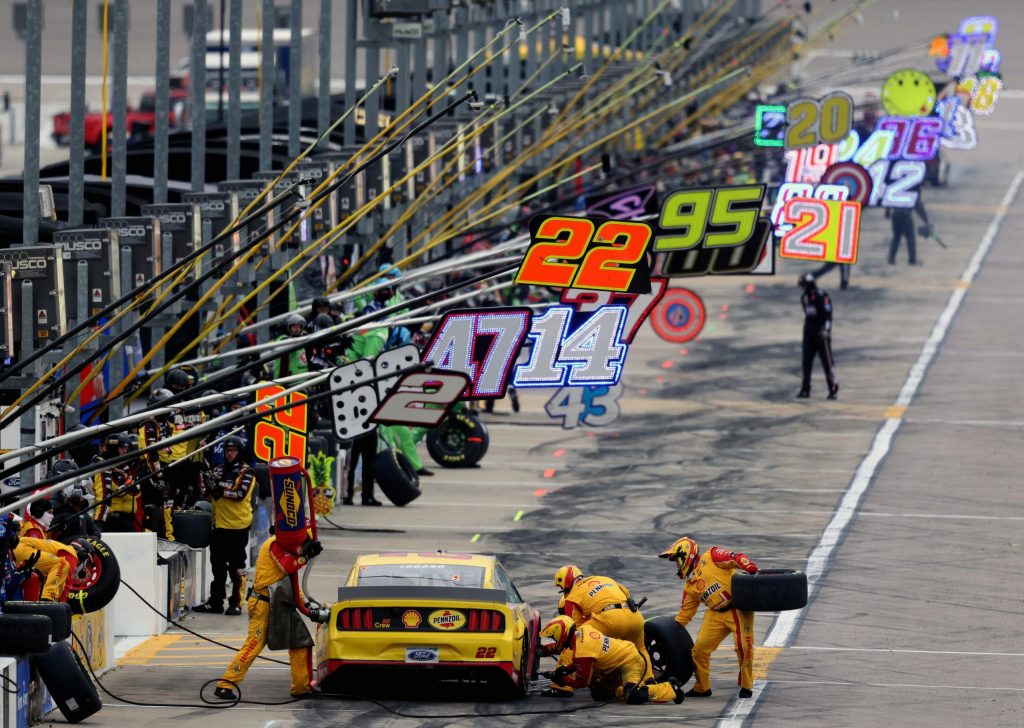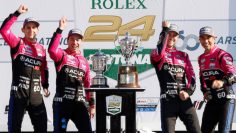
NASCAR: A guide to America’s favourite motorsport
A popular opinion shared in the UK is that NASCAR is just a bunch of stockcars driving left for hours on end, and, to an extent, you would be correct.
However, there is so much more to it than that, especially this year.
For the first time in 51 years, Bristol Speedway’s event will be navigated on dirt. There are seven road course races, too, which will make the action extremely fascinating.
The 2020 season was, like everything else, disrupted due to COVID-19, with schedules constantly changing. Chase Elliott won his first title, making him the third-youngest driver to do so at the age of 24.
The season itself was one of the longest in record, starting in late February with the Daytona 500, which saw Newman have a monumental wreck, continuing through to November with the finale at Phoenix.
For those that don’t know too much about NASCAR, it’s a predominantly oval racing series running V8-powered, aluminium body-shelled stockcars around either speedways (oval layouts) or road courses (traditional layouts).
The majority of speedways are left-turn, and can range anywhere between 150-500 lap races. The season always starts off at Daytona, with the famous ‘Speedweek’, featuring the Busch Clash – a short race held at the start of the event where the field are split into two races.
The season consists of around 25 races before play-offs take place to decide the champion.

The Truck series is the third level category in NASCAR, utilising 700hp, 5.9l V8 engines, steel-framed chassis and bodies representing Ford F-150s, Chevrolet Silverados and Toyota Tacomas in 2021.
Because of their longer bodies, the vehicles slide more than the traditional stockcars, and they are slower, averaging speeds around 160-170mph; as a result, the races are shorter.
The season started with the NextEra 250 at Daytona Speedway on 12 February and will finish with the Lucas Oil 150 at Phoenix Raceway on 5 November.
Sheldon Creed will be defending his title in the number 2 GMS Racing Chevrolet. There have been no regulation alterations of note, except the number of trucks in the field changes to 36.
The Xfinity series is the next step up, using similar engines to the trucks, almost identical chassis and the same 4-speed gearbox, but the bodies represent Ford Mustangs, Chevrolet Camaros and two Toyotas: non-factory backed Camrys and factory-backed Supras. These cars are slightly slower than those in NASCAR, but will still reach 200mph.
The season started with the Beef It’s What’s For Dinner 300 at Daytona Speedway on 13 February and ends with the Food City 300 at Bristol on 17 September. The Play-offs will end with the Desert Diamond Casino West Valley 200 at Phoenix Raceway on 6 November. Austin Cindric will be defending his crown with the #22 Team Penske Ford.

The NASCAR series is the top level, and is in its 73rd season. The stockcars are not dissimilar to those in the Xfinity, being slightly slower down the straights, but with far more downforce in the corners, and so are slightly quicker over the course of a lap.
They run the bodies of Ford Mustangs, Toyota Camrys and Chevrolet Camaros, with the season initiated by the Daytona Road Course Busch Clash (won by Kyle Busch) and ending with the Finale 500 at Phoenix Raceway on 7 November. Reigning champion Chase Elliott will be piloting the #9 Hendrick Motorsports Chevrolet.
The main change to the series was going to be the introduction of the Next-Gen Cup Car, sporting bigger wheels, increased aero, including a rear diffuser, and a six-speed sequential gearbox, though this was later abandoned in order to keep competition fair and the lack of development time due to the COVID-19 pushback.
There are also plenty of changes to the schedule, with the Busch Clash being held on the Daytona Road Course for the first time, and ‘Speedweek’ condensed down to one week. Furthermore, there is the removal of Kentucky, with Atlanta now holding the double-header instead. Road America is also added to the schedule for the first time since 1956, and, as mentioned prior, Bristol will hold a dirt race.
Therefore, an action-packed season for all three series, with lots of gripping action to the sound of high-revving V8 engines will naturally ensue. I’m sure everyone has their personal favourite, and I hope for Kyle Busch’s success in his distinctive #18 Joe Gibbs Racing Toyota.



![Private: [ID: 71rYi-xncgM] Youtube Automatic](https://motorradio-xijqc.projectbeta.co.uk/wp-content/uploads/2024/08/private-id-71ryi-xncgm-youtube-a-1-360x203.jpg)
![Private: [ID: 1SfHxvC8Doo] Youtube Automatic](https://motorradio-xijqc.projectbeta.co.uk/wp-content/uploads/2024/07/private-id-1sfhxvc8doo-youtube-a-1.jpg)
![Private: [ID: H6XRkf6kROQ] Youtube Automatic](https://motorradio-xijqc.projectbeta.co.uk/wp-content/uploads/2024/07/private-id-h6xrkf6kroq-youtube-a-1-360x203.jpg)
![Private: [ID: Kb6w-qAmKls] Youtube Automatic](https://motorradio-xijqc.projectbeta.co.uk/wp-content/uploads/2023/12/private-id-kb6w-qamkls-youtube-a-360x203.jpg)
![Private: [ID: CcpwYw20k3k] Youtube Automatic](https://motorradio-xijqc.projectbeta.co.uk/wp-content/uploads/2024/07/private-id-ccpwyw20k3k-youtube-a-360x203.jpg)

![[ID: x1SiRC5jhW4] Youtube Automatic](https://motorradio-xijqc.projectbeta.co.uk/wp-content/uploads/2022/04/id-x1sirc5jhw4-youtube-automatic-360x203.jpg)
![[ID: lMZ8lAeLubk] Youtube Automatic](https://motorradio-xijqc.projectbeta.co.uk/wp-content/uploads/2022/04/id-lmz8laelubk-youtube-automatic-360x203.jpg)
![[ID: GAYCcnqyFo4] Youtube Automatic](https://motorradio-xijqc.projectbeta.co.uk/wp-content/uploads/2022/04/id-gayccnqyfo4-youtube-automatic-360x203.jpg)
![[ID: Gg142H296QY] Youtube Automatic](https://motorradio-xijqc.projectbeta.co.uk/wp-content/uploads/2022/04/id-gg142h296qy-youtube-automatic-360x203.jpg)





